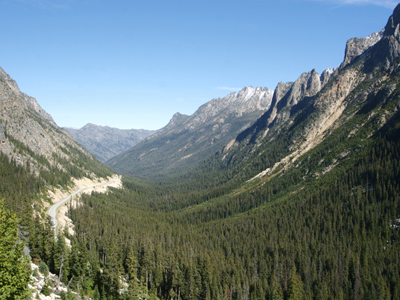

Erosion
This Geography quiz is called 'Erosion' and it has been written by teachers to help you if you are studying the subject at high school. Playing educational quizzes is a user-friendly way to learn if you are in the 9th or 10th grade - aged 14 to 16.
It costs only $19.50 per month to play this quiz and over 3,500 others that help you with your school work. You can subscribe on the page at Join Us
Erosion, the movement of rocks which have been worn down by weathering, is one part of Geography which high school students need to understand. This quiz will test their knowledge of coastal, river, glacial and other forms of erosion.
Ready for more?
not all...
quizzers. Try to win a coveted spot on our Hall of Fame Page.






